Can analyse problems in computational terms, and have repeated practical experience of writing computer programs in order to solve such problems.
Can understand and apply the fundamental principles and concepts of computer science, including abstraction, logic, algorithms and data representation.
Are responsible, competent, confident and creative users of information and communication technology.
Use logical reasoning to explain how some simple algorithms work and to detect and correct errors in algorithms and programs.
Select, use and combine a variety of software (including internet services) on a range of digital devices to design and create a range of programs, systems and content that accomplish given goals, including collecting, analysing, evaluating and presenting data and information.
Learn to analyse problems in computational terms
Be responsible, competent, confident and creative users of information and communication technology.
Design and develop modular programs that use procedures or functions.
Design, use and evaluate computational abstractions that model the state and behaviour of real-world problems and physical systems.
Undertake creative projects that involve selecting, using, and combining multiple applications, preferably across a range of devices.
Understand the hardware and software components that make up computer systems.
Understand what algorithms are; how they are implemented as programs on digital devices; and that programs execute by following precise and unambiguous instructions.
Create and debug simple programs.
Use logical reasoning to predict the behaviour of simple programs.
Use technology purposefully to create, organise, store, manipulate and retrieve digital content.
Recognise common uses of information technology beyond school.
Develop the creative, technical and practical expertise needed to perform everyday tasks confidently and to participate successfully in an increasingly technological world.
Critique, evaluate and test their ideas and products and the work of others.
Design purposeful, functional, appealing products for themselves and other users based on design criteria.
Generate, develop, model and communicate their ideas through talking, drawing, templates, mock-ups and, where appropriate, information and communication technology.
Explore and use mechanisms [for example, levers, sliders, wheels and axles], in their products.
Understand how key events and individuals in design and technology have helped shape the world.
Understand and use mechanical systems in their products [for example, gears, pulleys, cams, levers and linkages].
Understand and use electrical systems in their products [for example, series circuits incorporating switches, bulbs, buzzers and motors].
Apply their understanding of computing to program, monitor and control their products.
Can evaluate and apply information technology, including new or unfamiliar technologies, analytically to solve problems.
Design, write and debug programs that accomplish specific goals, including controlling or simulating physical systems; solve problems by decomposing them into smaller parts.
Use sequence, selection, and repetition in programs; work with variables and various forms of input and output.
Understand computer networks including the internet; how they can provide multiple services, such as the world wide web; and the opportunities they offer for communication and collaboration.
Use search technologies effectively, appreciate how results are selected and ranked, and be discerning in evaluating digital content.
Make appropriate use of data structures.
Create, re-use, revise and re-purpose digital artefacts for a given audience, with attention to trustworthiness, design and usability.
Learn to evaluate and apply information technology, including new or unfamiliar technologies, analytically to solve problems.
Understand and apply the fundamental principles and concepts of computer science, including abstraction, logic, algorithms and data representation.
Understand several key algorithms that reflect computational thinking.
Understand simple Boolean logic and some of its uses in circuits and programming.
Use logical reasoning to compare the utility of alternative algorithms for the same problem.
Develop and apply their analytic, problem-solving, design, and computational thinking skills.
Develop their capability, creativity and knowledge in computer science, digital media and information technology.
Build and apply a repertoire of knowledge, understanding and skills in order to design and make high-quality prototypes and products for a wide range of users.
Select from and use a wide range of materials and components, including construction materials, textiles and ingredients, according to their characteristics.
Explore and evaluate a range of existing products.
Evaluate their ideas and products against design criteria.
Build structures, exploring how they can be made stronger, stiffer and more stable.
Use research and develop design criteria to inform the design of innovative, functional, appealing products that are fit for purpose, aimed at particular individuals or groups.
Generate, develop, model and communicate their ideas through discussion, annotated sketches, cross-sectional and exploded diagrams, prototypes, pattern pieces and computer-aided design.
Select from and use a wider range of materials and components, including construction materials, textiles and ingredients, according to their functional properties and aesthetic qualities.
Investigate and analyse a range of existing products.
Evaluate their ideas and products against their own design criteria and consider the views of others to improve their work.
Apply their understanding of how to strengthen, stiffen and reinforce more complex structures.
Use research and exploration, such as the study of different cultures, to identify and understand user needs.
Identify and solve their own design problems and understand how to reformulate problems given to them.
Use a variety of approaches [for example, biomimicry and user-centred design], to generate creative ideas and avoid stereotypical responses.
Test, evaluate and refine their ideas and products against a specification, taking into account the views of intended users and other interested groups.
Understand developments in design and technology, its impact on individuals, society and the environment, and the responsibilities of designers, engineers and technologists.
Understand and use the properties of materials and the performance of structural elements to achieve functioning solutions.
Understand how more advanced mechanical systems used in their products enable changes in movement and force.
Understand how more advanced electrical and electronic systems can be powered and used in their products [for example, circuits with heat, light, sound and movement as inputs and outputs].
Apply computing and use electronics to embed intelligence in products that respond to inputs [for example, sensors], and control outputs [for example, actuators], using programmable components [for example, microcontrollers].
Achieve challenging goals, including collecting and analysing data and meeting the needs of known users.
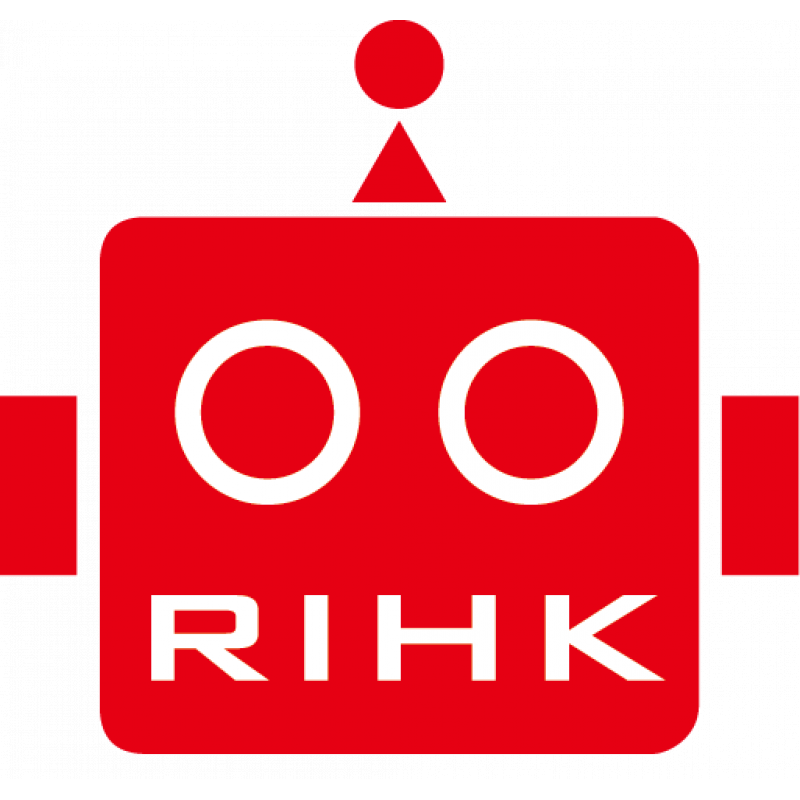


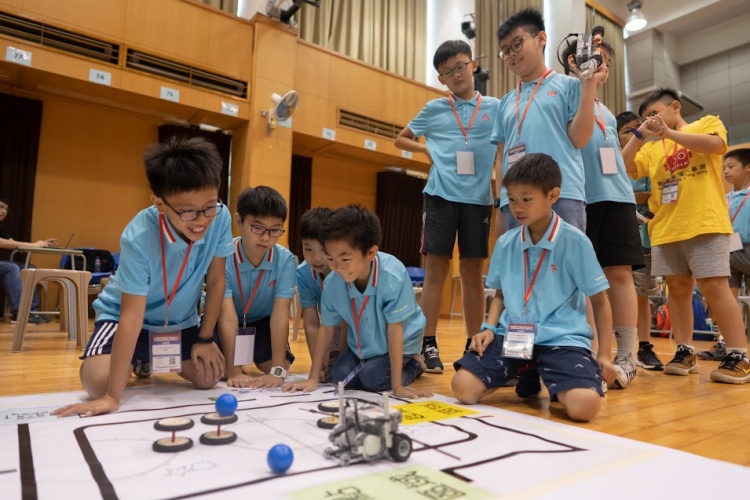
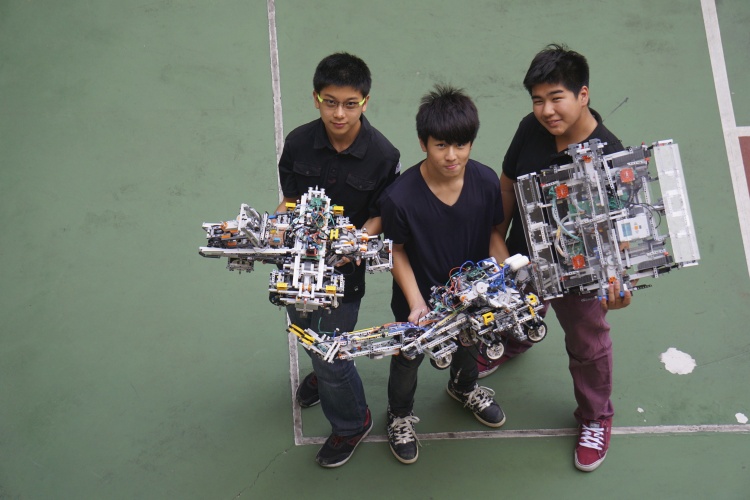
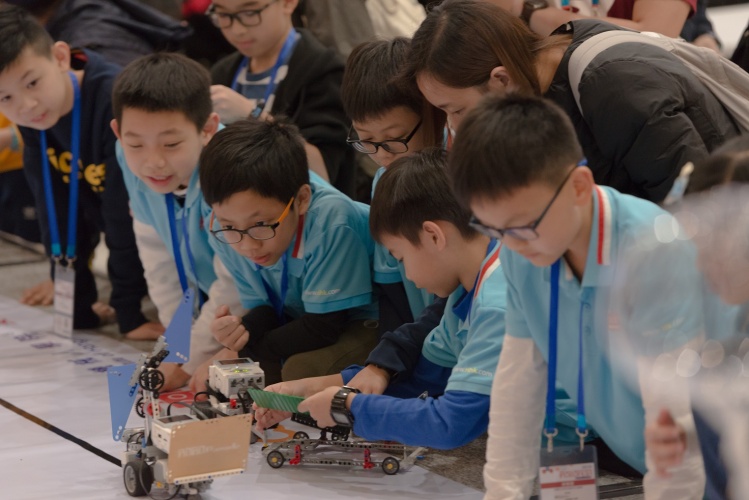
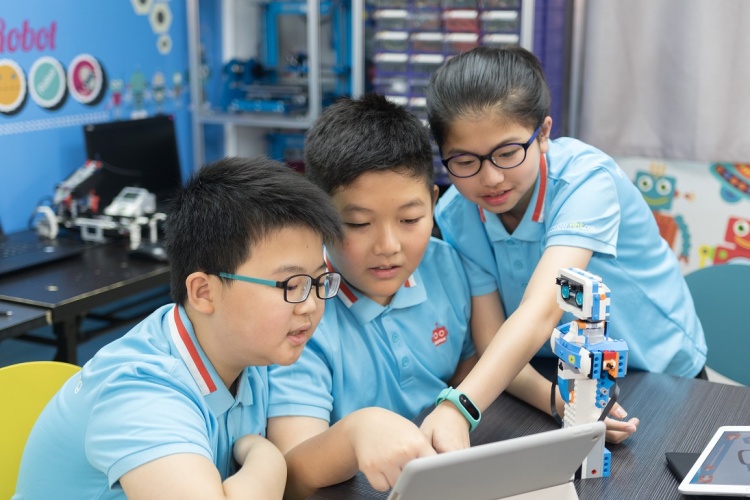
User reviews for AI Robot Engineer
You need to log in to post a review.